There are a number of rules to composition in photography, some simple such as the rule of thirds, others that need careful consideration for example the golden spiral, all of which are design to do one thing, make your images look good. Perhaps, one of the easiest but often overlooked compositional tool is that of leading lines, or in other words using a part of the image to move your eye towards the final subject. In this article, we are going to take a look at how to use leading lines to improve your compositional technique.

So What Are Leading Lines?
As we mentioned before, they can be any element within the image frame that draws your eye further into the image and onto the main subject or focal point. Most commonly leading lines are used in landscape photography composition to draw to viewer into the scene, but they can be used in more or less any form of photography, from portraiture to macro.
Leading lines can be found virtually anywhere, from the shoreline of a river to the stone walls of a castle. The secret is to position yourself to maximize their impact. Rather than try and describe ways of using leading lines, the best way to understand the concept is from looking at images, so coming up below are a number of images and beneath each section is a brief description on how the leading lines are working.
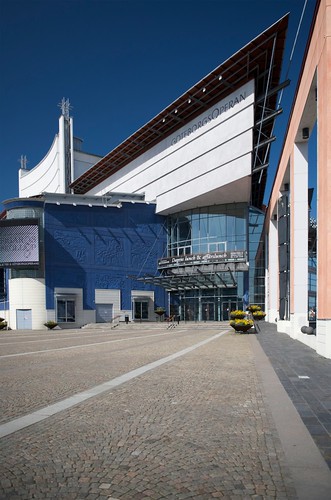
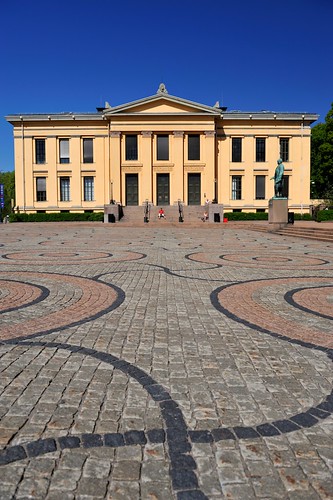
These first two examples demonstrate the use of leading lines in architecture. The top image uses the straight lines in both the pavement and the wall to the right to draw the eye into the opera house. The second image uses the same principle but demonstrates a combination of curved and straight lines all ending up at the final viewpoint. A low shooting angle has been used to maximise the effect of the lines.
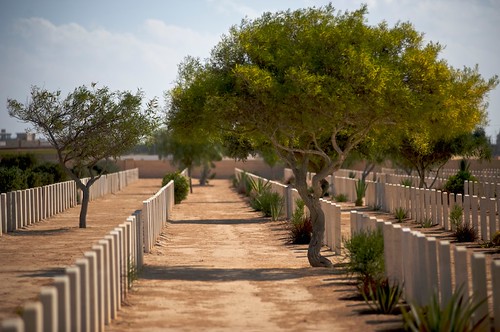
In this sample, we demonstrate leading lines bringing our eye to the subject and then continuing into the background. The rule of thirds is also in use with the tree starting on the bottom right third. The camera is positioned so that the left leading line is more dominant.


In these two examples we see two elements at play. First that the lines do not have to be strictly defined and secondly that by controlling our depth of field we can enhance the effect of our lines. In both cases, the rule of thirds is also in play to maximise the effect of the composition.

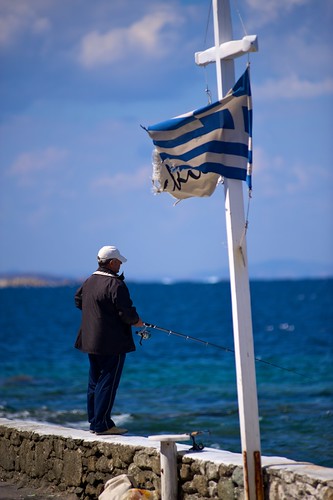
Both these images demonstrate complex leading lines. The top image uses the multiple lines of the stone wall to draw your eyye into the landscape beyond, whilst the second images uses both the line of the flag and the wall to draw your eye to the fisherman.

This last image serves to demonstrate that leading lines to not have be physical things. In this image the lines are defined by the light and shade of the water and naturally lead the eye to the boat crossing through the gap in the rocks.
Leading lines appear virtually everywhere in life. They are a powerful compositional tool in the photographers armoury that, when used well, can elevate an image from the mundane to the spectacular.
Jason Row is a British born travel photographer now living in Ukraine. You can follow him on Facebook or visit his site, The Odessa Files. He also maintains a blog chronicling his exploits as an Expat in the former Soviet Union


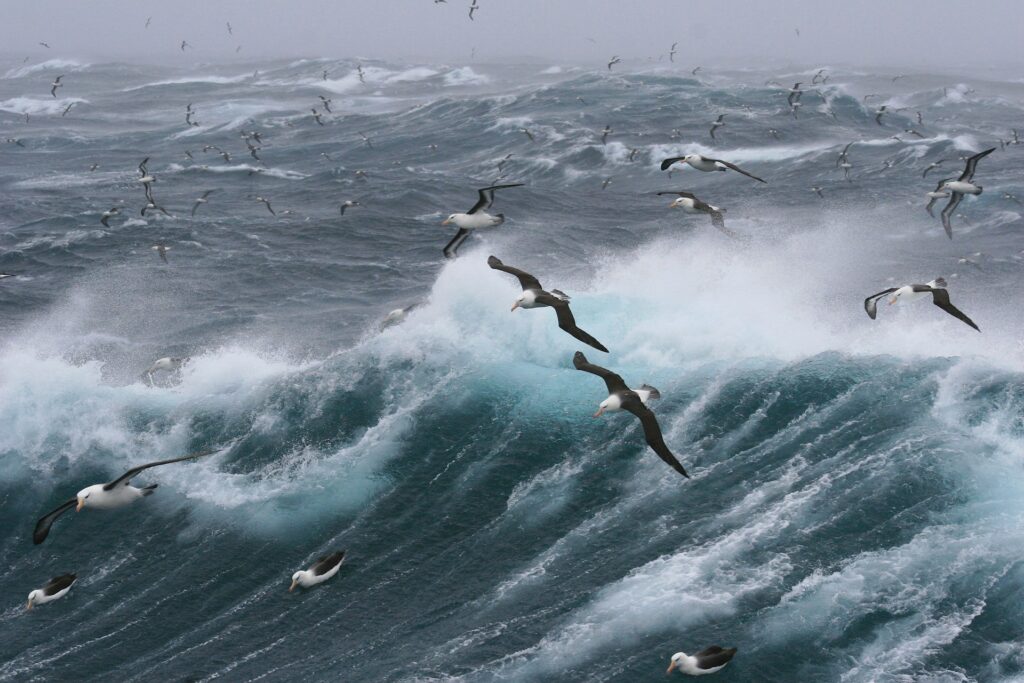

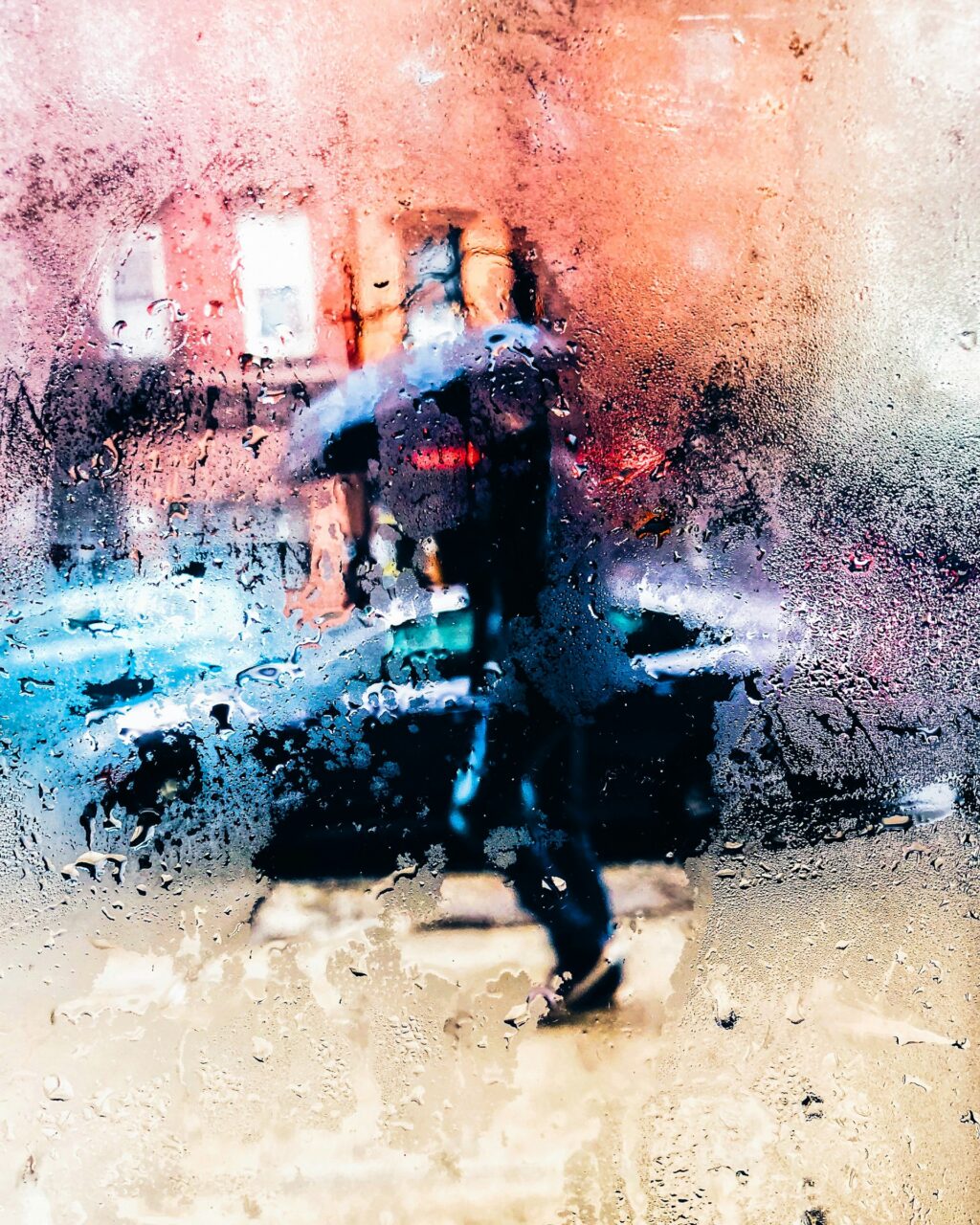
1 Comment
Nice article, and beautiful photos. Thanks Jason 🙂